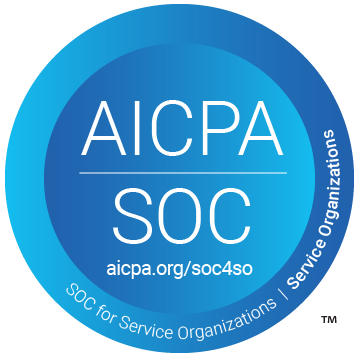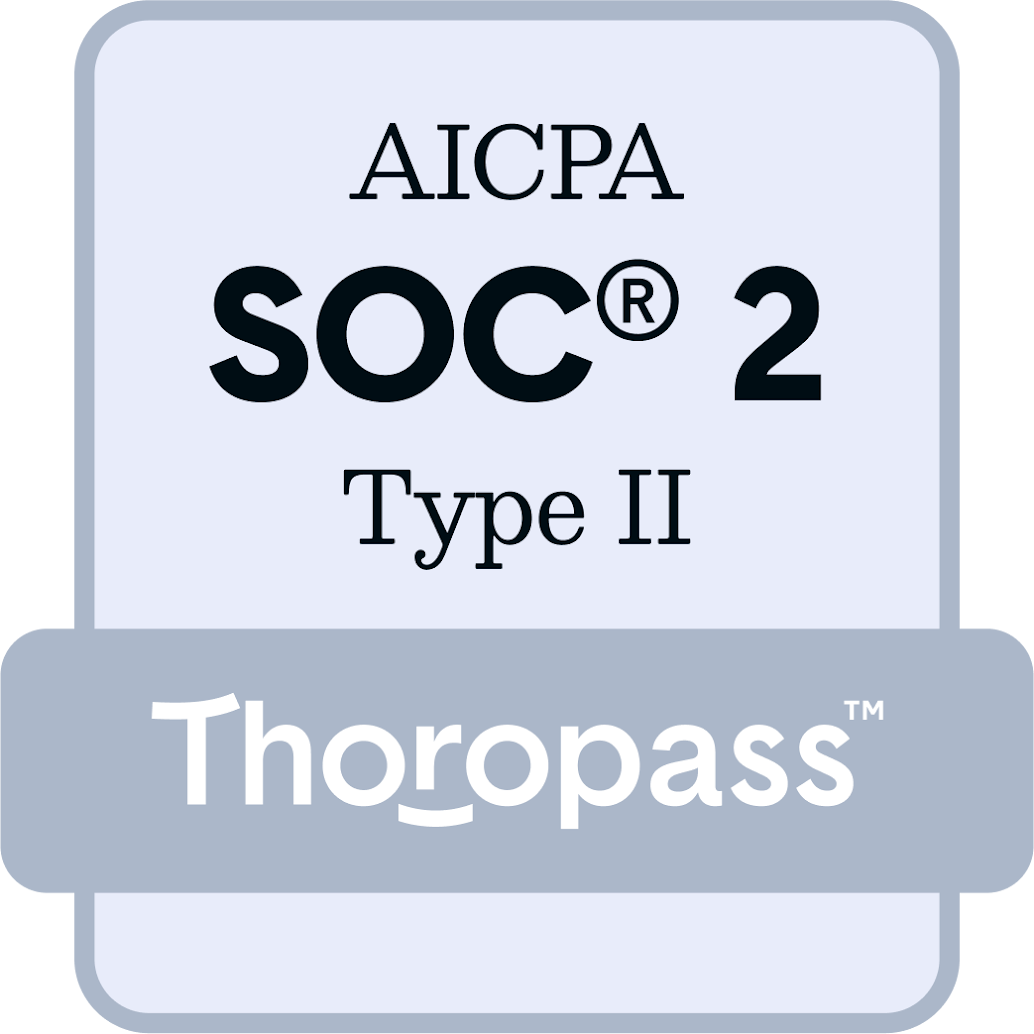SEC Pay Versus Performance Rule FAQ
Refer to the FAQ guide below for the most prevalent client inquiries regarding the new SEC Pay Versus Performance rule.
Compensation Actually Paid Calculation
How is deferred compensation handled? Are deferred compensation plans captured in the Compensation Actually Paid calculation under the rule?
Deferred compensation plans are to be included in the same manner as they are included in the summary compensation table.
How are shares under an employee stock ownership plan (ESOP) handled in the Compensation Actually Paid calculation?
Employee stock ownership plan (ESOP) shares do not need to be included in the disclosure.
If an executive officer forfeits equity awards in the same year they are listed as an NEO, do their forfeited awards granted in prior years get adjusted at the year end value of the prior year or based on the last trading day prior to cancellation?
For awards granted in prior years but forfeited in a given year, the fair value calculated as of the end of the prior year will be deducted from the year in which the award was forfeited.
For retirement eligible employees (where termination is required for vesting, but executives do not forfeit upon becoming retirement eligible), do you consider vesting at retirement eligibility or at termination for equity awards?
These awards would be calculated upon actual retirement.
In the Compensation Actually Paid column, can the amount disclosed for each reporting period change as the table is updated every year? In other words, can the amount reported for 2022 in 2023 change in the 2023-24 proxy, etc.?
Once compensation actually paid is calculated for a given year, this amount should not change in future years.
Should dividend equivalent rights (DERs) be included in the fair value of awards, or separately accounted for? We are getting advice that DERs will not be included in the fair value of the awards, but will be identified separately (based on the vesting terms and duration of underlying awards).
If the fair value of dividend equivalent rights (DERs) were included in the grant date fair value of the equity grant, then they should be included in the fair value calculation at each applicable fiscal year end and upon vesting.
If stock options were granted on 1/1/2022 with grant date fair value determined based on the Black-Scholes model, what inputs should be used to determine the fair value of those options as of 12/31/22? Should the inputs (exercise price, volatility, risk free interest rate, etc.) stay static from what was used on 1/1/2022, with the expected term simply reduced by 12 months, or should all the inputs to the Black-Scholes model be as of 12/31/22?
All inputs should be as of 12/31/2022.
In the event of a change in a named executive officer (NEO) role other than the principal executive officer (PEO) during the course of a reporting year (e.g., the CFO), how are the predecessor and successor treated in calculating average NEO comp? Are they disclosed as two people, or as a single person with some proportionate allocation of pay & equity based on relative time served?
Both individuals are to be included. Companies also need to identify the individuals whose compensation amounts are included in the average for each year.
If a company is using performance restricted stock units based on relative TSR, would they need to run updated Monte Carlo simulations at the end of each fiscal year to determine the new fair value? Is there a cutoff within a certain number of days of year-end to complete the simulation?
Yes, an updated Monte Carlo simulation is needed at the end of each fiscal year to determine the new fair value. These calculations should be performed after the end of the fiscal year, though companies can run projected calculations before fiscal year end.
TSR Calculation and Peer Comparison
Does the TSR peer group need to be an industry or line-of-business index or can you use a broader index, such as NYSE Composite Index or S&P 500 Index?
Broader indices can be used for peer group TSR. Self-constructed indices, including those prepared by a third party and are not “published” can also be used, but the constituents of the peer group must be disclosed in the disclosure.
If a company’s most important measure is relative TSR, is the company allowed to select that as its Company-Selected Measure? Can an issuer use TSR if it is different from the two other TSR metrics already in the table? For example, using PHLX in the table and S&P500 in the CSM?
The Company-Selected Measure can be a relative TSR calculation if it is different from the one already required in the disclosure.
Can relative TSR be used for one of the additional “most important” measures in the supplemental tables?
The Company-Selected Measure can be a TSR calculation that is different from the one already required in the disclosure.
Is the required TSR measure calculated on a cumulative basis from the beginning of the earliest year included in the table through the end of each year included in the table? E.g., the first year’s TSR is just for the relevant year, whereas the second year’s TSR is actually the cumulative TSR for the first two years.
This is correct.
If a hypothetical ‘XYZ Co.’ was in an issuer’s 2020 peer group and taken private in 2021, so data isn’t currently available online, is the issuer required to find a source for XYZ’s 2020 TSR, or simply footnote that data is not available?
XYZ’s 2020 TSR should be included in the calculation for fiscal year 2020.
Regarding the required explanation of company TSR versus peer average TSR, what might this touch on? It seems like it will be hard to interpret the multitude of market forces at play.
The SEC’s requirement that issuers report on TSR alignment versus a market-weighted index peer group rather than their chosen compensation peer group means that many companies will be compared with companies they do not consider true peers from an HR and compensation perspective. Explaining differences in performance trajectories may be a major hurdle for some companies, while for others, comparison with the index group may cast them in a more positive light than anticipated. We encourage issuers to get their arms around their performance alignment situation early and approach their narrative disclosures accordingly.
Other Company-Selected Performance Measures
Are any companies planning to use ESG measures for those additional 3-7 measures if they have ESG measures in their incentive plans? What if some components of those ESG measures are qualitative instead of quantitative?
The company’s chosen performance measures must be measures of financial performance to satisfy requirements under the new disclosure rules.
Can the 3-7 required most important performance measures be the same metrics used by an issuer in their compensation programs? If an issuer has three long-term incentive metrics already in place, can they simply rely on those to satisfy the requirements for disclosure of their most important measures linking pay to performance outcomes, or will investors want to see additional metrics?
Under the rules, the “most important” financial performance measures should be determined on the basis of only the most recently completed fiscal year. These measures can overlap with the same metrics used for compensation programs for that year, but a minimum of three financial metrics are still required to be included.
The degree to which an issuer can rely on existing plan metrics to satisfy investor expectations heavily depends on the appropriateness and rigor of those metrics. It will also depend on whether metrics are based on financial performance or other operating measures, as investors will mostly care about the financial performance measures. Many companies are evaluating the linkages between their LTI measures and TSR performance through correlation analysis.
Do you see any potential complications for companies that adjust financial GAAP in any of their disclosed financial metrics?
As long as the issuer clearly reconciles and explains the GAAP to non-GAAP measure relationship, use of adjusted measures is likely fine. Investors are used to dealing with non-GAAP measures in cases of clear disclosure, though their feelings on adjusted measures vary significantly from accepting to skeptical.
If a company did not go public until 2021, does the new table need to cover fiscal 2020? (2020 results were disclosed in an S-1.)
Disclosure is limited to only the years in which a company was a public company. For example, if a company completed its IPO in 2022 and is subject to reporting requirements, then disclosure is limited to information only for fiscal year 2022.
Are there any thoughts on changing peer groups and NEOs and how companies should handle these situations?
If a company changes the peer group used, then the peer group TSR will need to reflect the peers used for those respective years. Companies can also use the peer group covered in the latest fiscal year for calculating TSR in prior years as well, but companies must explain the reason for the change and compare the TSR to that of both the old and new peer group. If an executive in a given year is a new NEO, the same calculations will still need to be included, even for awards granted in prior years.
Preparation of Disclosures
Can you clarify how the link between performance measures and Compensation Actually Paid should be established? References have been made to linking performance with front end compensation decisions, and back end compensation outcomes. Which is correct?
The required narrative disclosure is intended to illuminate the relationship between compensation actually paid and TSR, peer group TSR, net income and company-selected measures. Under the regulation, compensation is measured using vesting date fair values. However, additional discussion of front-end compensation decision making may be considered by issuers in certain situations, e.g. if an apparent misalignment can be better contextualized by explaining compensation philosophy and intention.
Are there any insights into how proxy advisors will use the new disclosures? Has ISS said if they will look at them as part of their Say on Pay vote recommendations?
The major proxy advisors have not publicly announced changes to their compensation analyses or policies based on newly required disclosures. We encourage issuers to carefully review updates to proxy advisor voting updates heading into the primary 2023 filing season.
There has been some thought that new requirements will be pushed back a year due to the complexities of the calculations, or at least pushed for accelerated filers. What is the likelihood that the SEC will delay the implementation of this new regulation?
We believe that the implementation of new disclosure requirements is unlikely to be delayed. Issuers are encouraged to prepare for compliance with new regulations in their 2023 filings.
 Solutions
Solutions









